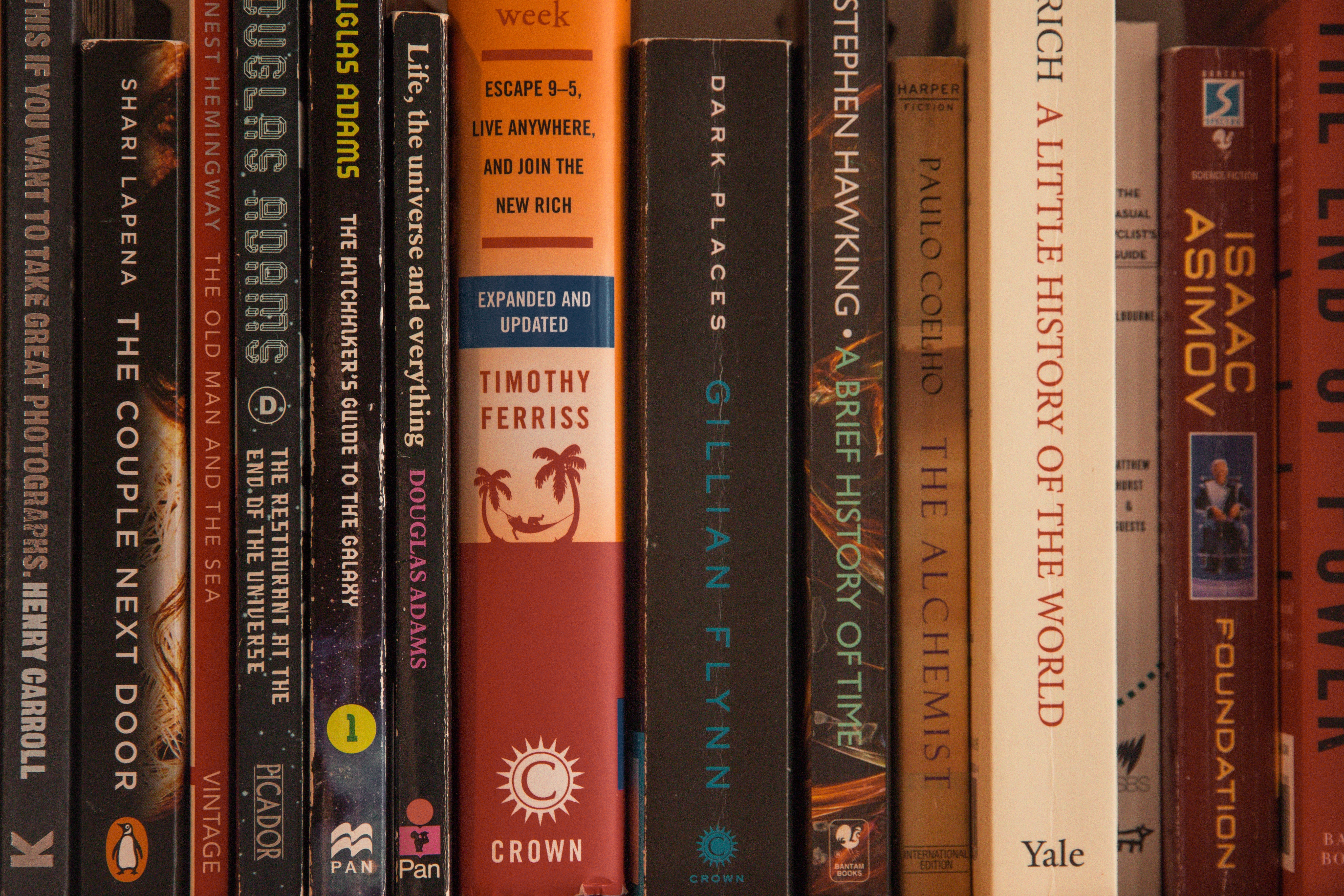Glossary of piracy terminology in the publishing industry

Piracy terminology in the publishing industry
Piracy in the publishing industry has seen a marked rise in the last five years, with a 201% increase in demand for publishing piracy between 2017 and 2022. In May 2020 publishing overtook film as the second most in-demand media sector for digital piracy, behind TV.
Understanding the nature of Piracy and Piracy terminology.
Piracy is a complex issue with many reasons given for pirating a piece of content, and with the widespread adoption of the internet, there are a huge number of channels dedicated to distributing illegal content.
The better you understand the contributing factors, including the terminology used, the more equipped you will be to tackle them. We have compiled a glossary of piracy terms below but if you have a question, contact our customer services team and they will be happy to help you.
Glossary of Piracy Terms
Digital Piracy: According to Interpol, “Digital piracy refers to the illegal copying or distribution of copyrighted material via the Internet. It negatively affects the creative industries, including film, TV, publishing, music and gaming.” Or more simply put, MUSO’s definition is “The unauthorised use of another’s work”.
Copyright: A legal right that grants exclusive ownership to the creator of an original work, including books, and gives them the right to control how it is used and distributed.
Digital Rights Management (DRM): is a technology used to prevent the unauthorised distribution or copying of digital content. DRM is often used by publishers to restrict access to digital books and protect their copyright.
Torrent: A type of file sharing technology used to distribute large files, including books, over the internet. Torrents allow users to download and upload files to and from each other, making it a popular method for sharing pirated content.
File-sharing: The distribution of digital files, including books, through peer-to-peer networks or other means of online file-sharing. This is often done without the permission of the copyright owner, making it a form of piracy.
Digital watermarking: A technology used to embed a unique identifier in digital content, including books, that can be used to track its use and identify the copyright owner.
DMCA: The Digital Millennium Copyright Act is a US law that provides legal protection for digital content creators, including publishers, against piracy and other forms of copyright infringement.
Takedown notice: A legal notice sent to a website or other online platform requesting the removal of infringing content, such as pirated books. Usually referred to as a DMCA takedown notice.
Anti-piracy software: Software designed to detect and prevent piracy of digital content, including books. This can include DRM technology and other tools used by publishers to protect their copyright.
Cyberlockers or file hosters: Online storage services used to share and distribute large files, including books. These services can be used for legal purposes, but are also commonly used for sharing pirated content. Links to cyberlockers are often used by pirate sites, blogs or forums that do not contain the contents themselves but redirect users via these links.
Reading Site: Essentially a cyberlocker that allows a book or text to be read without downloading the book or file.
Forwarder: Sites to which users are redirected when they click a link for a cyberlocker. These generate profits by showing advertising for a few seconds before finally directing them to cyberlocker.
Grey Market: Legitimate sites that sell online material (often Amazon and eBay) or sometimes completely unlicensed websites selling your music.
Indexer or Search Site: Sites that allow searching and return piracy results.
Phishing or Spoof sites: Sites which claim to offer pirated content but do not actually have any available and are not indicative of a leak. These sites phish for personal information such as credit card details by asking users to sign-up.